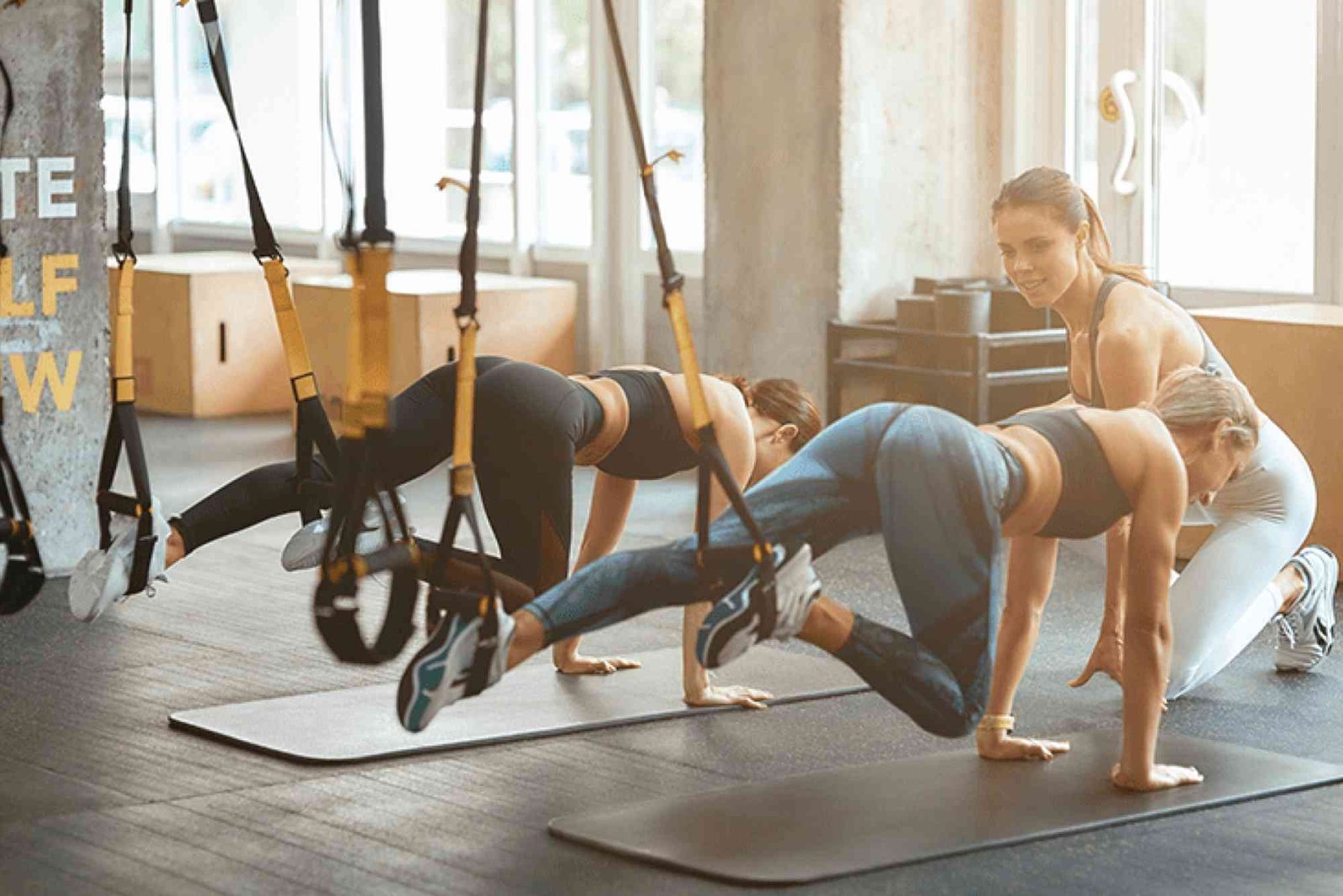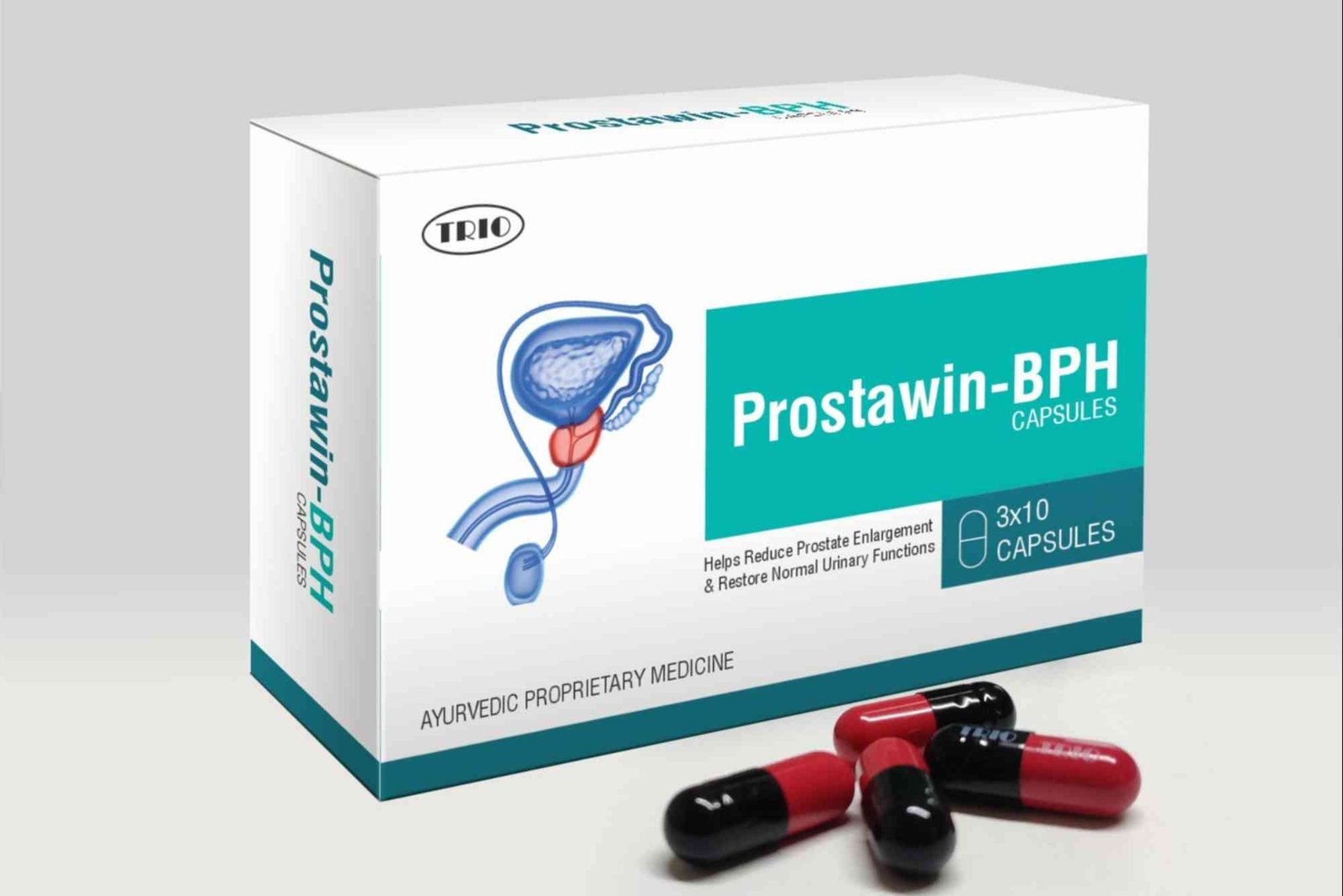Introduction
Staying fit is not just about looking good—it’s about feeling strong, energetic, and confident in your body. Whether your goal is to lose weight, gain muscle, or simply improve your health, effective exercises and the right fitness tips can transform your results. The journey to a healthier you begins with understanding what works for your body and maintaining consistency.
Why Exercise Matters
Exercise plays a vital role in maintaining physical and mental health. Regular activity strengthens your heart, muscles, and bones while improving flexibility and balance. It also helps manage stress and promotes better sleep. According to CDC – Physical Activity, adults should engage in at least 150 minutes of moderate-intensity aerobic activity weekly, plus muscle-strengthening exercises on two or more days. Meeting these recommendations can reduce the risk of chronic diseases and support a healthier, more active lifestyle.
Best Effective Exercises for Total Body Fitness
The most effective exercises combine strength, cardio, and flexibility training. This mix ensures balanced development, improved endurance, and better body composition.
Strength Training
Strength training helps build lean muscle, boost metabolism, and increase bone density. Whether you use free weights, machines, or bodyweight exercises, resistance training should be a core part of your workout plan. Exercises like squats, push-ups, and lunges target multiple muscle groups and help tone the entire body. Aim for two to three strength sessions each week, focusing on proper form and gradual progression.
Cardiovascular Training
Cardio workouts improve heart health and burn calories efficiently. Activities like running, cycling, swimming, and brisk walking enhance stamina and energy levels. If you prefer indoor workouts, jump rope, dance-based routines, or treadmill sessions are equally effective. High-Intensity Interval Training (HIIT) is especially beneficial—it alternates between intense bursts of activity and rest, boosting calorie burn even after your workout ends.
Flexibility and Mobility Workouts
Flexibility training keeps your joints healthy and prevents injuries. Yoga and Pilates are excellent for improving balance, core strength, and posture. Simple stretching before and after workouts helps maintain mobility and reduce stiffness. Incorporating at least 10–15 minutes of flexibility training daily can make a significant difference in your performance and recovery.
Tips for Maximizing Workout Results
Consistency is key, but smart techniques can help you progress faster while avoiding burnout or injury.
Focus on Form, Not Speed
It’s tempting to rush through repetitions, but quality matters more than quantity. Maintaining proper form ensures that muscles work correctly and reduces the risk of strain. Use mirrors or ask a trainer to check your technique.
Set Realistic Goals
Setting achievable goals keeps motivation high. Break large fitness targets into smaller milestones. For example, aim to add 10 minutes to your cardio session or increase your lifting weight slightly each week. Small victories create momentum.
Prioritize Recovery
Rest is just as important as exercise. Muscles grow and repair during rest, not while training. Get 7–9 hours of sleep each night and schedule active recovery days with light stretching or walking.
Stay Hydrated and Eat Well
Proper nutrition fuels performance. Include lean proteins, complex carbohydrates, healthy fats, and plenty of fruits and vegetables in your meals. Staying hydrated supports muscle function and prevents fatigue during workouts.
Track Your Progress
Keep a workout journal or use fitness apps to monitor your progress. Tracking helps you identify patterns, adjust routines, and celebrate achievements. This practice also keeps motivation strong during challenging phases.
Common Mistakes to Avoid
Even with the best intentions, some habits can slow progress or lead to injury. Recognizing and correcting them early will enhance your results.
Skipping Warm-Ups and Cool-Downs
Warm-ups prepare your body for exertion, while cool-downs help your muscles recover. Skipping them can increase soreness and injury risk. Start each session with five minutes of dynamic movement and end with gentle stretches.
Overtraining
Pushing too hard without proper rest can lead to fatigue, stress, and poor performance. Listen to your body—if you feel constant soreness, irritability, or sleep issues, take a break.
Ignoring Nutrition
Exercise alone cannot compensate for poor eating habits. Balance your calorie intake and avoid highly processed foods. Remember, fitness success comes from combining smart training with clean eating.
How to Stay Motivated in Your Fitness Journey
Motivation fluctuates, but discipline keeps you consistent. Create a supportive environment that inspires movement and commitment.
Find a Workout You Enjoy
If you dislike your workouts, you’ll likely skip them. Experiment with various activities—dancing, cycling, hiking, or swimming—to find what excites you. When exercise feels enjoyable, consistency follows naturally.
Exercise with Friends or Join a Class
Working out with others adds accountability and fun. Group classes and fitness communities can push you to perform better while fostering lasting connections.
Celebrate Small Wins
Each step forward counts. Reward yourself for milestones—whether it’s finishing a month of workouts or achieving a new personal best. Positive reinforcement builds lasting habits.
Effective Exercises for Different Goals
Each person’s fitness goal is unique. Tailoring your exercise plan helps you achieve results faster.
For Weight Loss
Combine cardio with resistance training for optimal fat burning. HIIT sessions three times a week and full-body strength workouts twice weekly create a balanced approach. Pair this with mindful eating for best results.
For Muscle Gain
Focus on compound lifts like deadlifts, bench presses, and pull-ups. Train each muscle group twice a week, progressively increasing resistance. Adequate protein intake and rest are crucial for growth.
For Flexibility and Balance
Yoga, Pilates, and dynamic stretching routines are perfect. These exercises strengthen stabilizing muscles and improve posture, coordination, and body awareness.
For Height and Posture Improvement
Many wonder, does gym increase height — quick guide. While exercise can’t change your bone length after puberty, specific workouts like hanging, stretching, and swimming can improve posture, spinal alignment, and muscle tone, making you appear taller and more confident.
Expert Tips for Long-Term Success
Long-term fitness is not about quick results—it’s about sustainable habits that enhance your lifestyle.
-
Keep workouts varied to prevent boredom and challenge your muscles differently.
-
Get professional guidance if you’re unsure about your routine. A certified trainer can tailor plans to your body type and goals.
-
Prioritize mental wellness. Physical activity boosts serotonin levels, reducing anxiety and depression.
-
Stay consistent even when progress feels slow. Consistency beats intensity over time.
-
Use your rest days wisely—engage in light activities like walking or yoga to keep your body active without strain.
Exercise is more than a routine—it’s an investment in your well-being. The right mix of effective exercises and consistent fitness tips can transform your body, mind, and overall health. Start small, stay disciplined, and trust the process. Remember, your journey doesn’t end with a single workout—it’s about creating a lifestyle that supports lifelong vitality. To keep learning and exploring, browse more sports & fitness articles. Begin today, and let your commitment to movement lead you to lasting energy and confidence.
FAQs
1. What is the most effective exercise for overall fitness?
A combination of strength training, cardio, and flexibility exercises provides total fitness. It ensures muscle growth, endurance, and mobility in balance.
2. How often should I work out each week?
Most experts recommend five days a week with two rest or active recovery days. The key is to stay consistent while allowing time for recovery.
3. Can beginners see results quickly?
Yes, beginners often experience visible results within four to six weeks with regular exercise and proper nutrition. The key is patience and consistency.
4. What are the best exercises for home workouts?
Bodyweight exercises like squats, push-ups, lunges, and planks work perfectly. Resistance bands or light dumbbells can enhance your routine.
5. How long should each workout session last?
A well-balanced session should last 45 to 60 minutes, including warm-up and cool-down periods. Quality matters more than duration.








